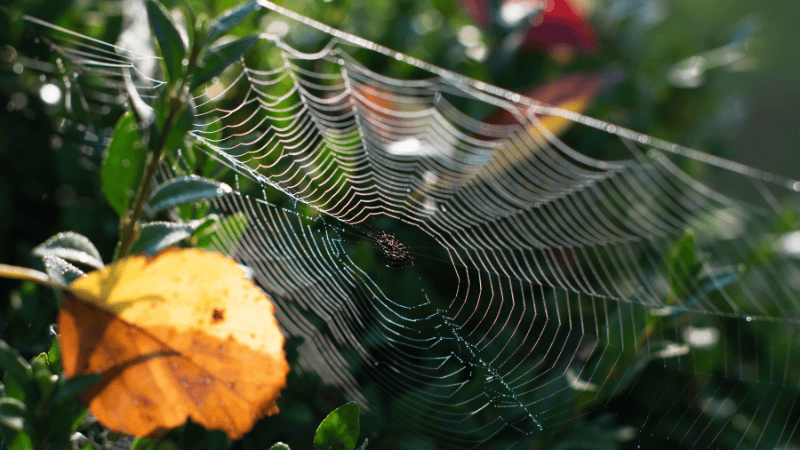Stinging Insects: What to Worry About this Summer

How can a sting from something so small hurt so much? It is amazing the power that the neurotoxins in bees, wasps, and hornets can have on the human body. For some people, a sting can be a cause for major health concerns, while others find that a sting is really just a minor inconvenience to being outdoors. Today we are examining some of the stinging insects in our region and what you should be aware of with behavior and appearance to avoid a sting.

Bees
Bees, especially honeybees, are critical to our ecosystem and should be cared for in order to maintain the pollination of fruit trees, gardens, and farms. Therefore some level of peaceful coexistence is necessary to maintain a strong bee population in our country.Unfortunately some people are extremely allergic to bee stings. For those individuals, we suggest wearing protective clothing that is dark in coloring to avoid stings. Steer clear of perfumes and deodorants that have a pungent smell that could attract bees.Prevent agitating bees in the yard by keeping food covered, trash sealed, grills cleaned, and nests away from your home. In addition, it is advised that if you come in contact with a bee that you simply walk away instead of provoking them by swinging your arms and screaming. It may be easier said than done but it is something to consider.
Hornets
Bald-faced hornets in our communities are an aggressive species of bees that if provoked will sting. The nests of hornets are usually in exposed locations such as on trees, utility poles, overhangs, soffits, or other structures. The nests can be quite large, growing to 14 inches in diameter and 24 inches in length.If a nest is spotted on your property or at your business, removal is necessary, as any movement near the nest could result in stings. You will want to call one of our specialists who can safely remove the nest and prevent future nesting on your property.

Wasps
Paper wasps tend to be brownish in coloring with yellow or reddish yellow striping. Paper wasps get their name from the paper-like material of which they construct their nest. Their nests are often umbrella-like in shape and are never enclosed but rather the nests are free hanging from twigs and branches of trees and shrubs, as well as porch ceilings, door frames, eaves, deck floor joints, and railings.Wasps are not typically aggressive unless their nest is somehow disturbed. Avoid poking or moving a nest without specialists who can do it safely.Do you have any signs of nesting on your property? Do you often see bees, wasps, or hornets around your home? Talk to our team about steps you can take and how we can help you make your yard safe again.



